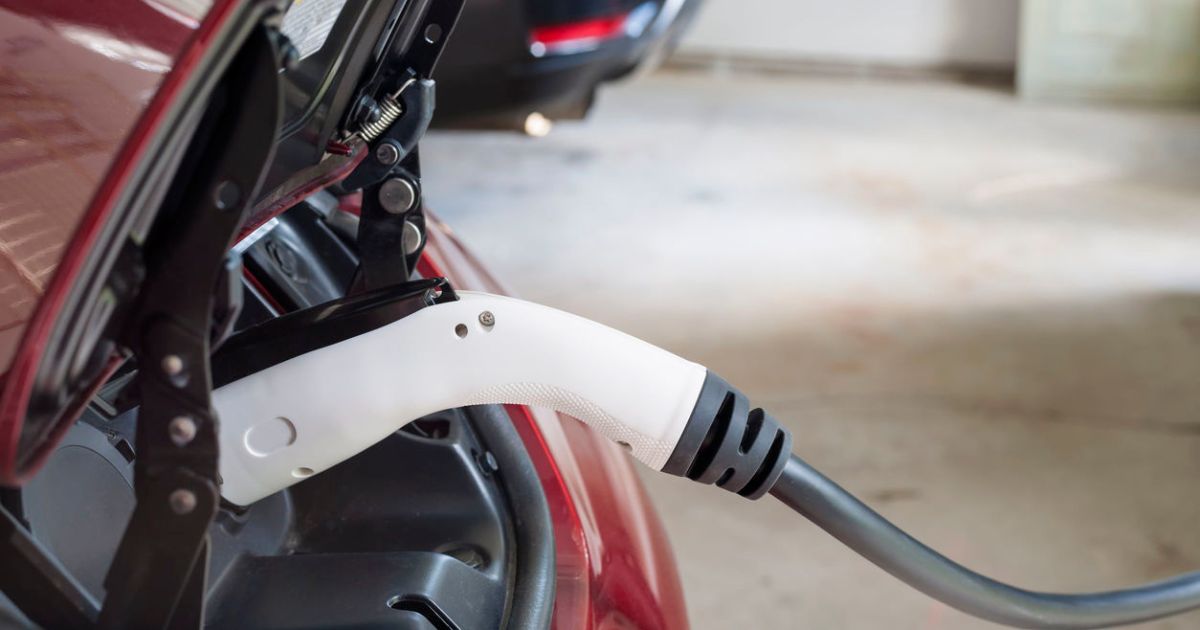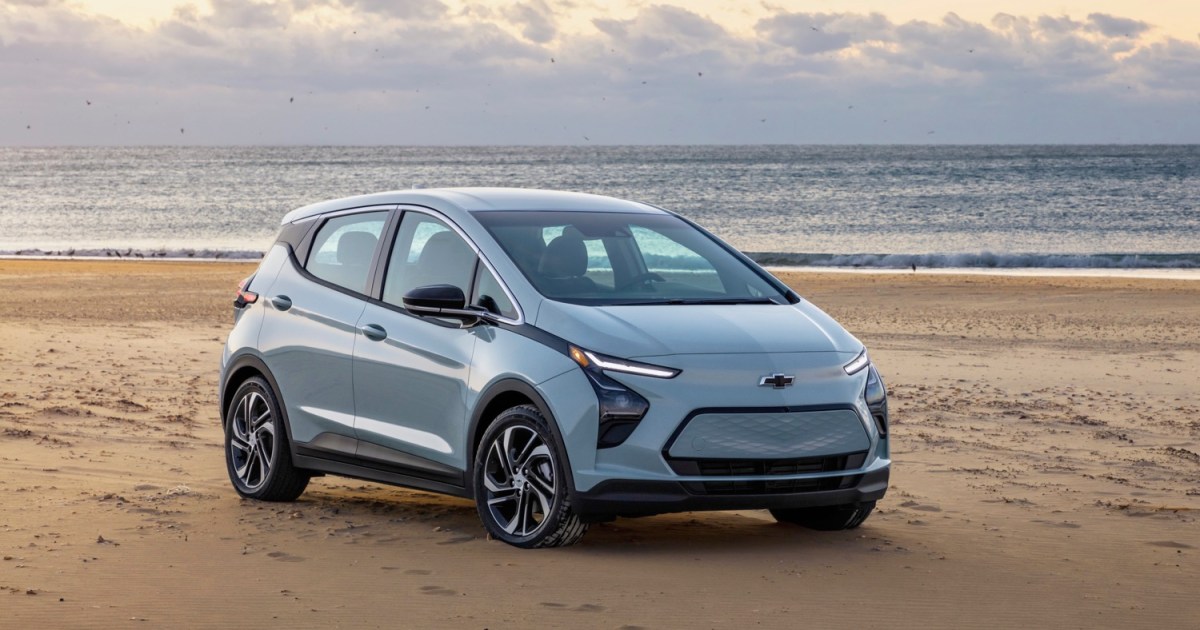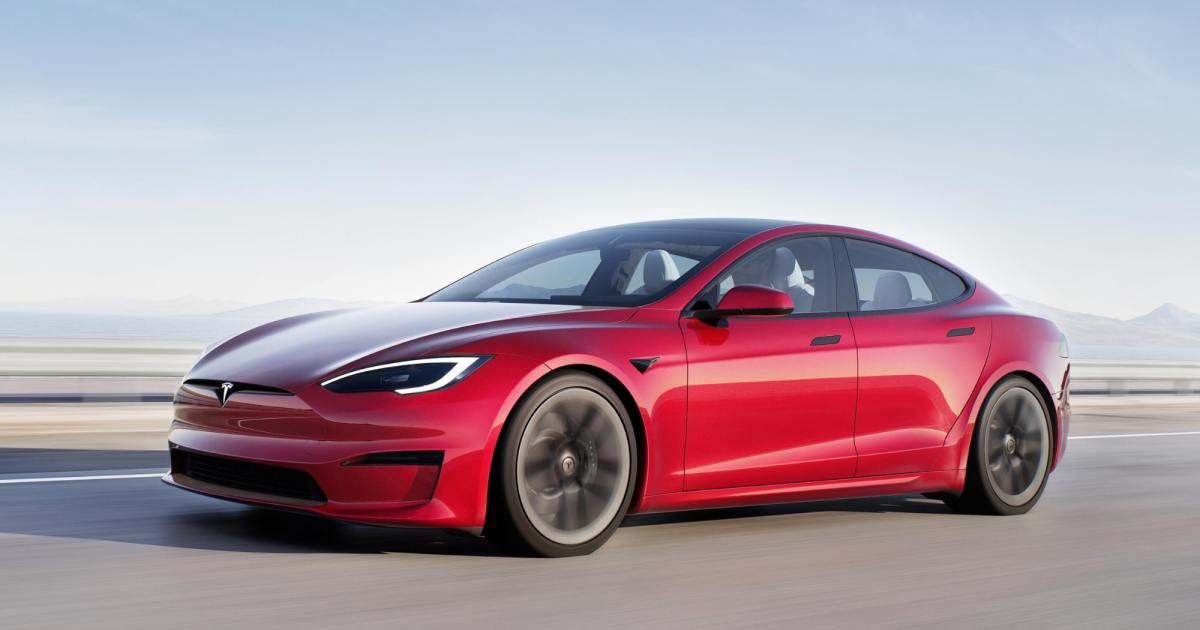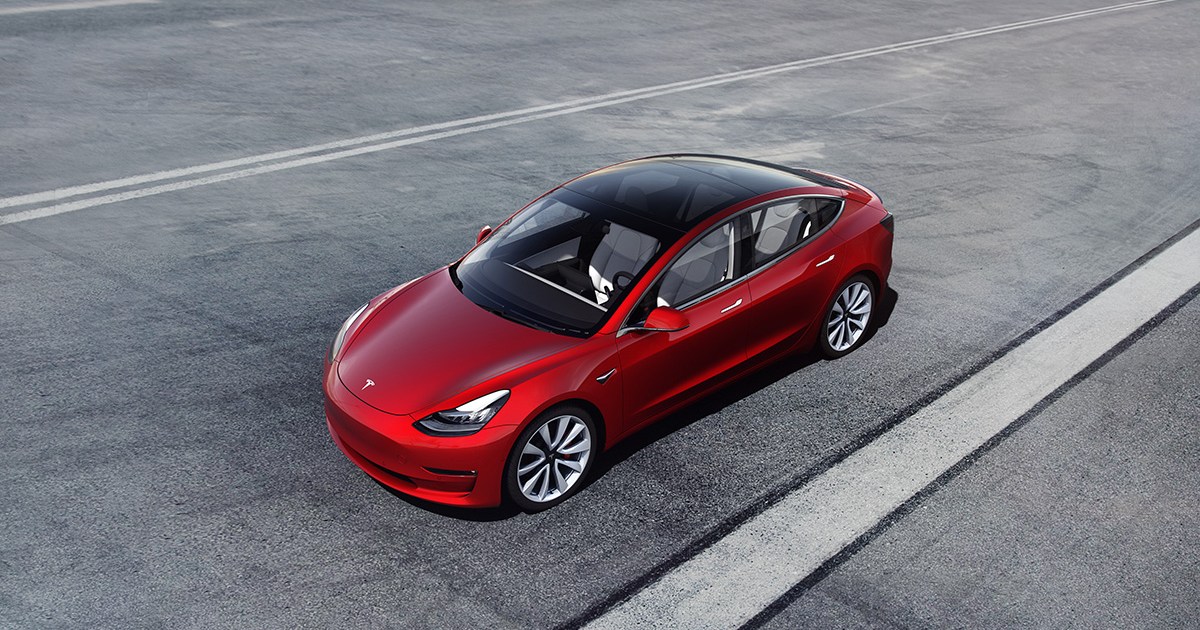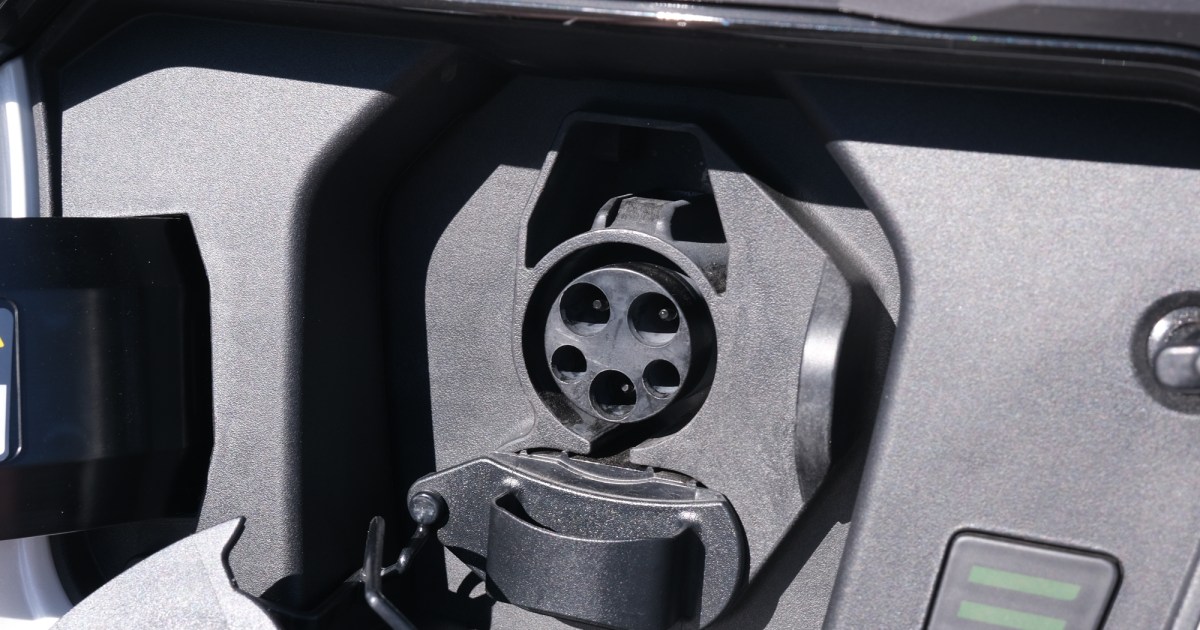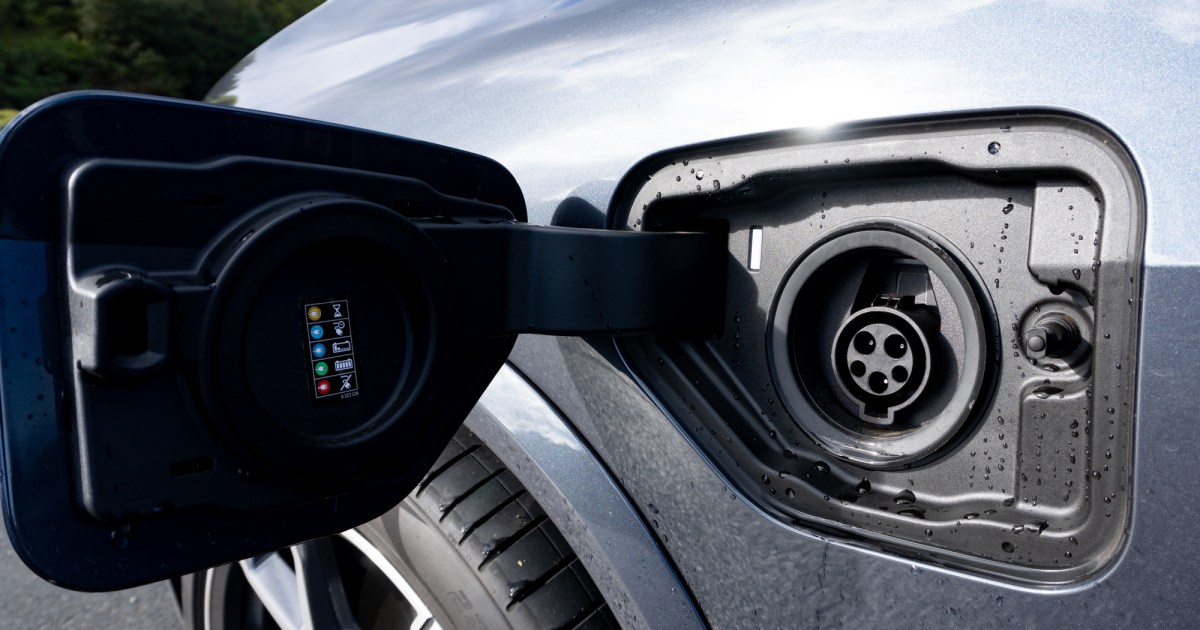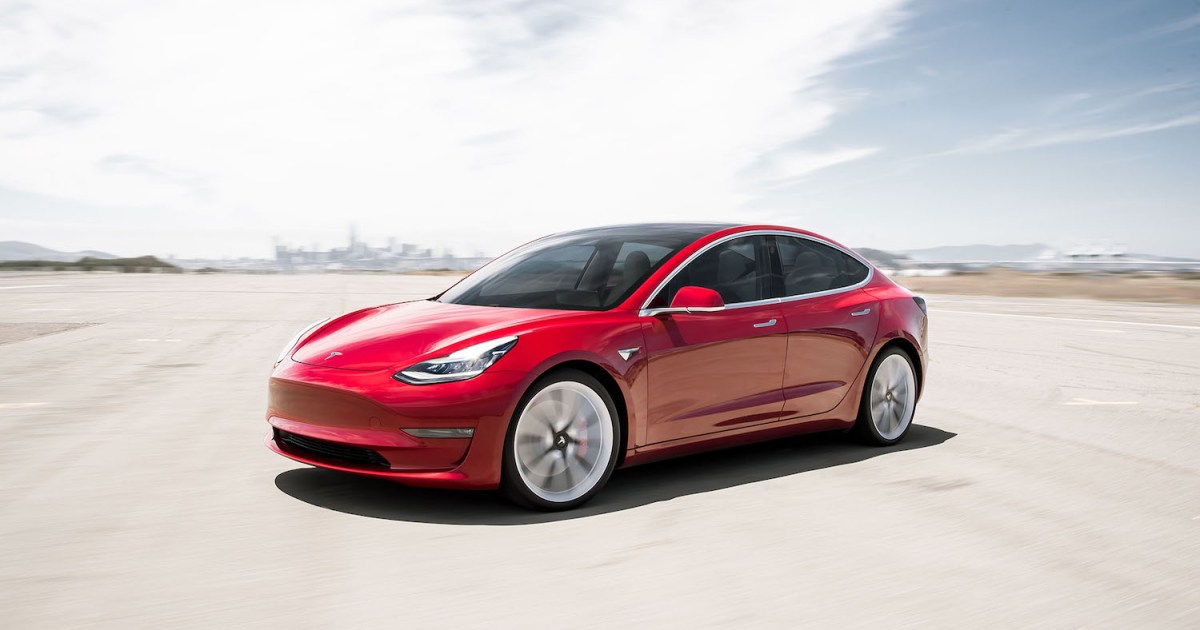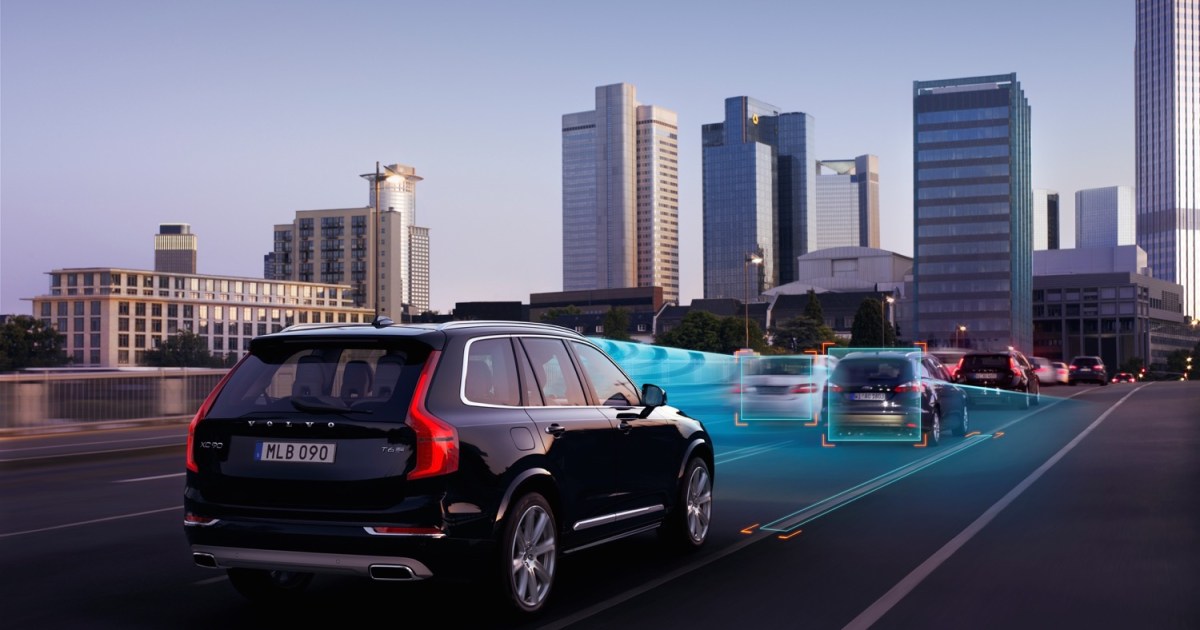The rise of electric vehicles (EVs) brings with it a new set of considerations, chief among them being charging. While the allure of EVs is undeniable, the charging process can seem daunting for first-time buyers. This guide demystifies the world of EV chargers, exploring the different types, speeds, and connector options available.
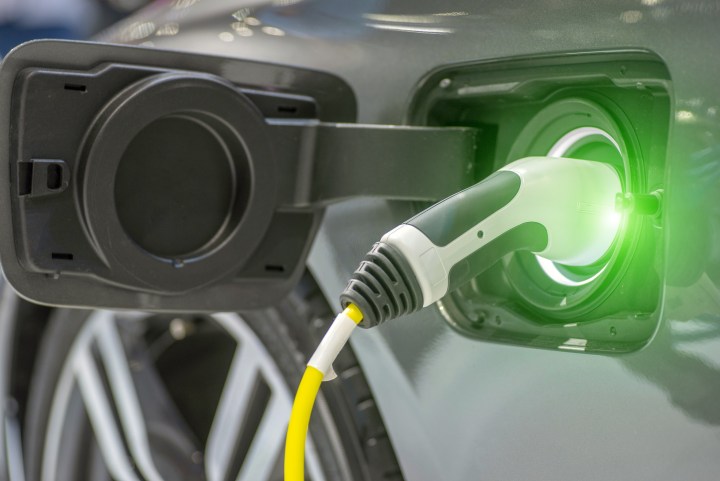 Close up of the Hybrid car electric charger station with power supply plugged into an electric car being charged.
Close up of the Hybrid car electric charger station with power supply plugged into an electric car being charged.
Understanding the nuances of EV charging is crucial for a seamless transition to electric mobility. This knowledge empowers you to make informed decisions about charging infrastructure and optimize your EV ownership experience.
EV Charging Speeds: Level 1, 2, and 3
EV charging speeds are categorized into three levels: Level 1, Level 2, and Level 3. Each level offers different charging rates and requires specific equipment.
Level 1 Charging: The Basic Option
Level 1 charging utilizes a standard 120-volt AC household outlet. This method is the slowest, delivering approximately 2 to 3 miles of range per hour. Suitable for overnight charging or plug-in hybrid electric vehicles (PHEVs), Level 1 charging requires no specialized equipment beyond the cable provided with the vehicle. For replacements or upgrades, consider options with longer cables and potentially faster charging speeds.
Level 2 Charging: The Home and Public Standard
Level 2 charging employs a 240-volt AC power source, similar to that used for appliances like dryers. Significantly faster than Level 1, it provides 10 to 60 miles of range per hour, depending on the vehicle and charger. Commonly found in homes, workplaces, and public stations, locating Level 2 chargers is simplified with dedicated charging station apps.
Level 3 Charging: The Fast Track
Level 3 charging, also known as DC Fast Charging (DCFC) or rapid charging, delivers direct current (DC) at high power levels. Capable of charging an EV to 80% capacity in 20 to 60 minutes, these chargers are strategically located along highways and in urban areas. While costs vary, a typical rapid charge might range from $20 to $30. Due to the high power demand, home installation is not feasible.
EV Charger Plug Types: Navigating the Connectors
Beyond charging speeds, understanding connector types is essential for successful EV charging. Here’s a breakdown of the common connectors in North America.
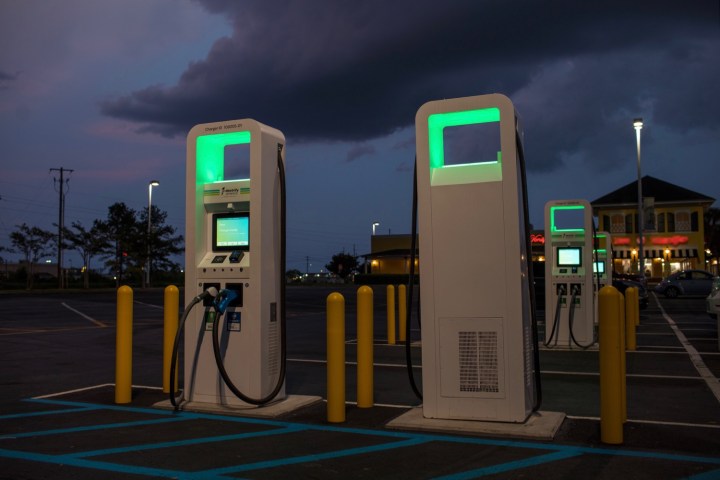 Two Electrify America Charging Stations.
Two Electrify America Charging Stations.
Choosing the right connector ensures compatibility with available charging infrastructure. Let’s delve into the specific connector types.
SAE J1772: The North American Standard
The SAE J1772 connector is the predominant choice for Level 1 and Level 2 AC charging in North America. Most EVs, excluding Teslas, utilize this standard in the United States and Canada.
CCS: The Combined Charging System
CCS extends the SAE J1772 connector with two additional DC pins for fast charging. Backed by major automakers like BMW, Volkswagen, General Motors, and Ford, CCS is becoming the North American and European standard for DC fast charging. Non-Tesla EVs supporting DC fast charging typically feature a CCS connector.
CHAdeMO: A Less Common Standard
CHAdeMO, a DC fast charging standard developed in Japan, is used by manufacturers like Nissan, Mitsubishi, and Kia. While present in Japan, the United States, and parts of Europe, its relative scarcity can be a drawback for vehicles relying solely on this standard.
Tesla Proprietary Connector: The Tesla Ecosystem
Tesla employs its own connector for both AC and DC charging within its Supercharger network and Destination Chargers. North American Tesla vehicles come equipped with this unique connector, while European models use a modified version compatible with Tesla and public charging stations.
Conclusion: Empowering Your EV Journey
Understanding the landscape of EV charging is paramount for a smooth and efficient experience. By familiarizing yourself with charging levels, speeds, and connector types, you can confidently navigate the world of electric vehicles and maximize the benefits of this evolving technology.



